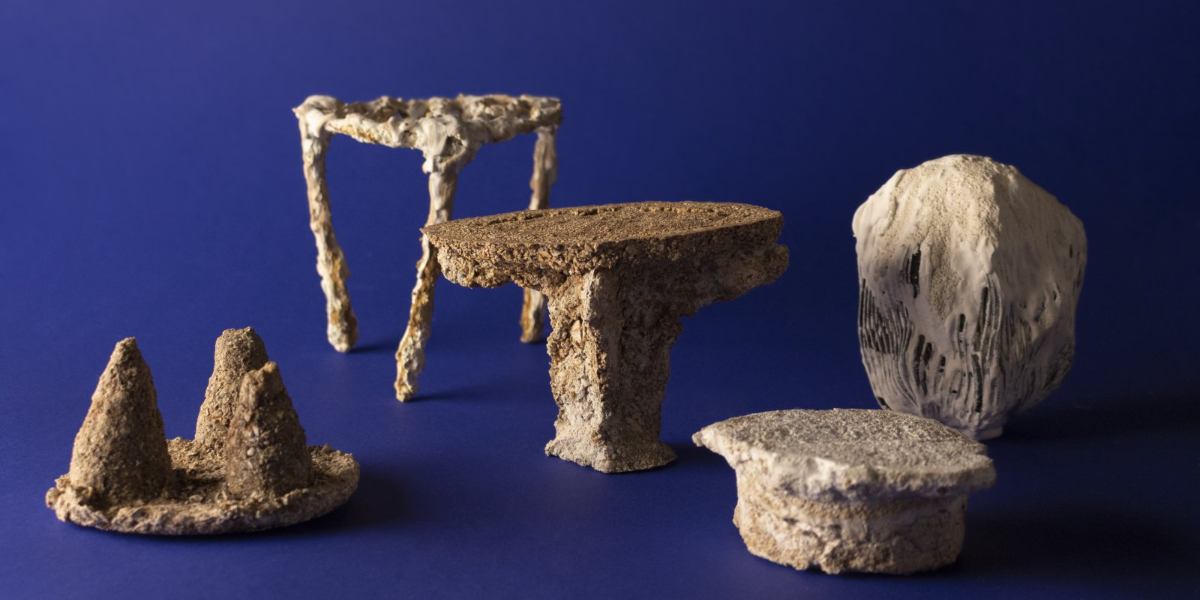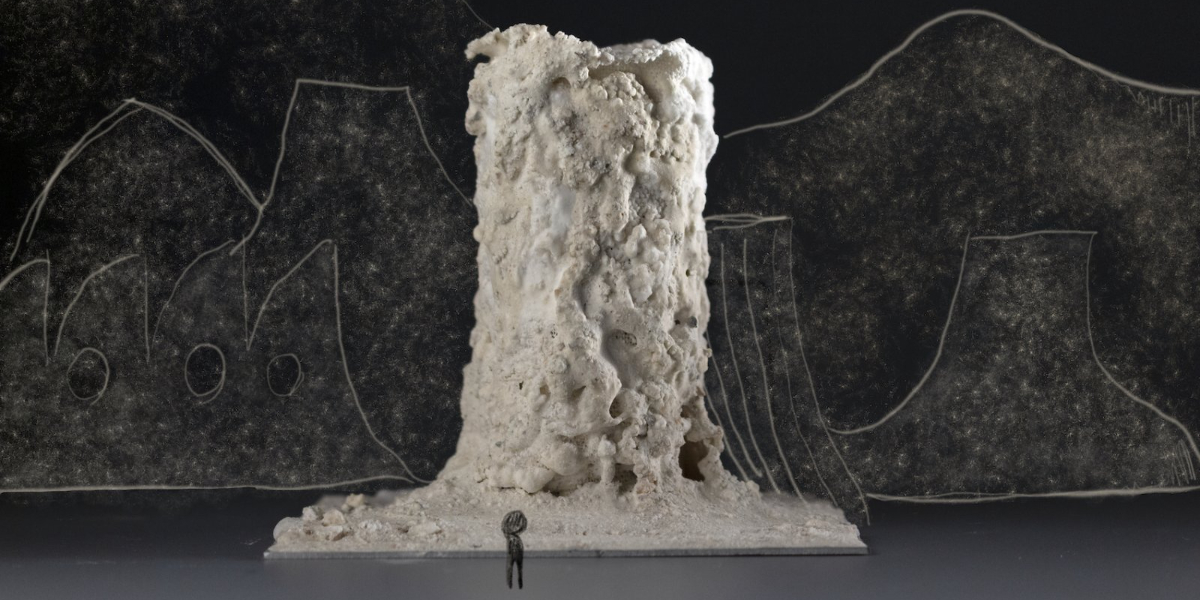AWARD YEAR
2023
CATEGORY
Home
GOALS
Industry, Innovation & Infrastructure, Sustainable Cities & Communities, Responsible Consumption & Production, Climate Action, Life On Land
KEYWORDS
limescale, geopolymer, nature
COUNTRY
Netherlands
DESIGNED BY
Erco Lai
WEBSITE
https://ercoffice.net/Neo-Stone-Age
Neo Stone Age
Domesticating limestone as promising material to build and live with
How does it work?
Calcium carbonate is a common material widely spread on Earth and has various applications in our life. Neo Stage attempts to reintroduce "limescale" as a promising material to build and live with. By researching how to reconfigure limescale, this project focus on creating "geopolymers" with a chemical process. Based on the material research, this project speculates what a "neo-stone age" would look like and how this harvesting and production method could be integrated into the city and change our interiors and exteriors.
Why is it needed?
We are at a turning point: on the one hand, we gradually realize that mainstream manufacturing methods have a substantial impact on the earth and our environment; on the other hand, we attempt to fix problems from the human being's perspective or even worse, only put an effort on short-term solutions. As a designer, Erco Lai is interested in mimicking geo-systems to rethink manufacturing systems. As an Earth dweller, Erco wonders how to find a balance between control and self-organization and work with earth as an equal partner.
How does it improve life?
The concrete industry is at the root of several environmental issues. Can humans develop new manufacturing methods using 'geopolymerization' with industrial wastes? With this project, Erco Lai works on the imagination and realization of alternative building materials, using 'unwanted minerals' to close material flows within our urban ecosystem.
From geopolymerization, 'Neostones' are created from marble powder, lime pellets, sand and slag. The Neostone raises awareness from the perspective of the material by learning from the Earth, blurring the boundary between earth-made and human-made, and mimicking geo-processes and translating this into new manufacturing mechanisms.







